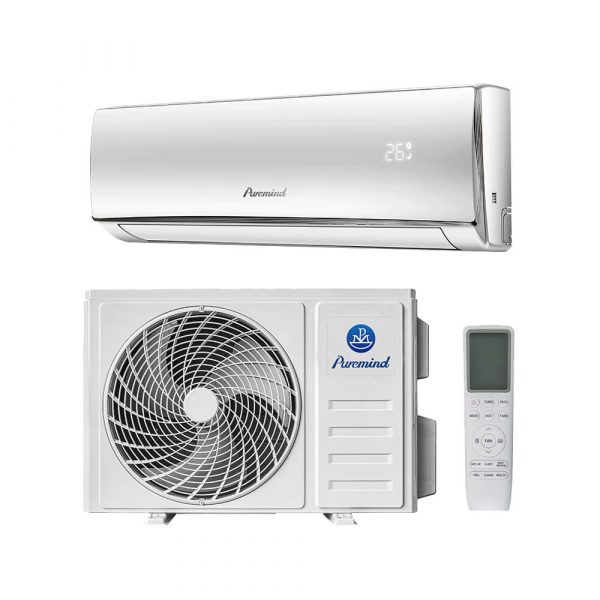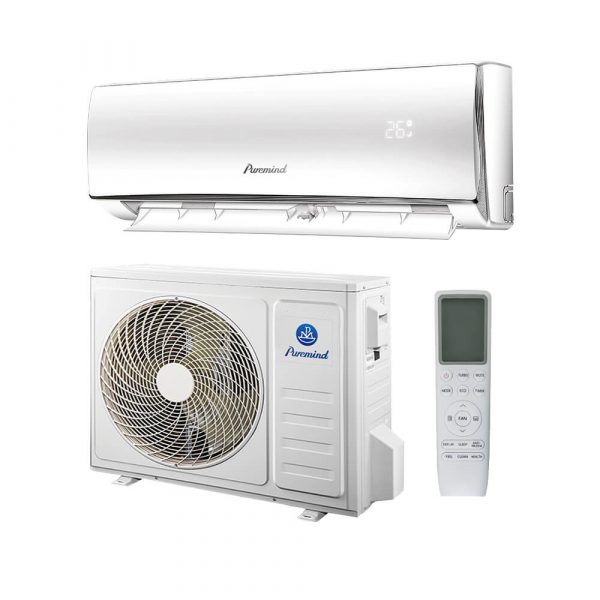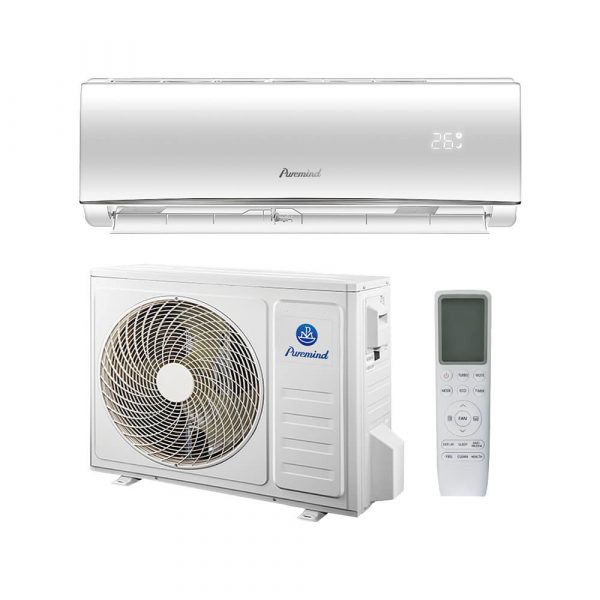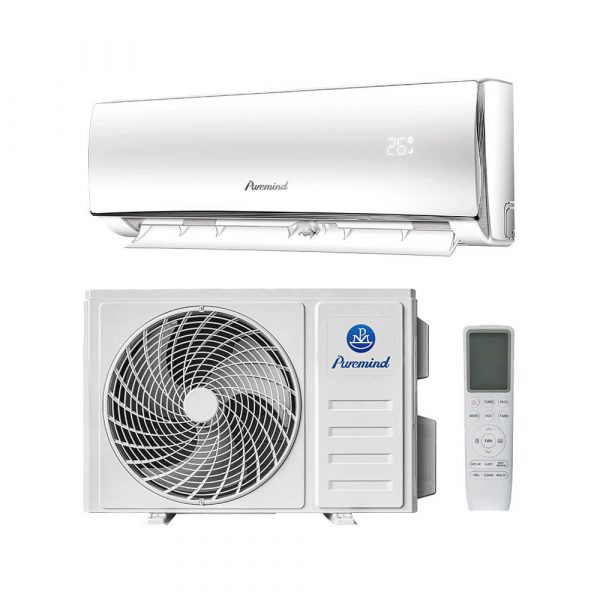Solar Power Mini Split Air Conditioner: The Ultimate Guide for Wholesalers and Distributors
As global demand for sustainable HVAC solutions continues to surge, solar power mini split air conditioner systems are emerging as a high-value product for wholesalers, suppliers, and distributors. This comprehensive article examines how solar-powered mini splits work, their market advantages, and what bulk buyers need to know to lead in the green energy revolution.
What Is a Solar Power Mini Split Air Conditioner?
A solar power mini split air conditioner integrates traditional mini split HVAC technology with renewable solar energy, either partially or fully offsetting grid electricity. These systems typically include solar panels, an inverter or microinverter, battery storage (optional), and the mini split unit itself.
- Hybrid Systems: Use both solar and grid power, automatically switching based on energy availability.
- Off-Grid Systems: Operate independently, ideal for remote locations or customers seeking maximum energy independence.
- Direct-DC Systems: Connect solar panels directly to DC-powered mini splits, increasing efficiency by minimizing energy conversion losses.
Core Advantages for Wholesalers and Distributors
- Market Differentiation: Offer cutting-edge, eco-friendly HVAC solutions to attract environmentally conscious clients.
- Reduced Operational Costs: Solar-powered units significantly lower or even eliminate electricity bills for end-users.
- Incentive-Driven Sales: Many regions offer tax credits, rebates, and subsidies for solar HVAC installations, making bulk procurement more attractive.
- Expanding Market Demand: As solar technology becomes more accessible, both residential and commercial clients are seeking green HVAC options.
- Brand Reputation: Promoting solar power mini splits positions your company as an innovator and sustainability leader.
How Solar Mini Splits Work: Technology Breakdown
- Photovoltaic (PV) Panels: Capture sunlight and convert it to electricity.
- Inverter System: Converts DC power from solar panels to AC (for most mini splits) or powers DC units directly.
- Battery Storage (Optional): Stores excess energy for nighttime or cloudy days, enabling 24/7 operation.
- Smart Controllers: Automatically manage energy sources and optimize system performance for peak efficiency.
The integration of these components enables the mini split system to operate reliably, with lower environmental impact and running costs.
Application Scenarios and Ideal Customers
- Remote Properties: Cabins, off-grid homes, and rural facilities with limited utility access.
- Commercial Projects: Eco-friendly office buildings, schools, and hospitality venues.
- Residential Retrofits: Homeowners upgrading to green energy solutions for better efficiency and cost savings.
- Developing Markets: Regions with unreliable power infrastructure but abundant sunlight.
Key Considerations for Bulk Buyers
- System Compatibility: Ensure the mini split unit supports solar integration—look for manufacturer certifications and DC/AC flexibility.
- Component Sourcing: Reliable suppliers for PV panels, inverters, batteries, and mounting hardware are essential for large-scale projects.
- Installation Expertise: Partner with installers trained in both HVAC and solar technology to streamline deployment.
- Warranty & Support: Assess warranty coverage for both HVAC units and solar components; prioritize suppliers with responsive after-sales service.
- Regulatory Compliance: Verify eligibility for local solar incentives and certifications.
Comparison Table: Solar Power Mini Split vs Conventional Mini Split
| Feature | Solar Power Mini Split | Conventional Mini Split |
|---|---|---|
| Energy Source | Solar + Grid (Hybrid) or Solar Only | Grid Electricity Only |
| Operating Costs | Very Low to Zero | Dependent on Grid Rates |
| Installation Complexity | Requires Solar Integration | Simpler, No PV Needed |
| Environmental Impact | Minimal, Clean Energy | Varies by Energy Mix |
| Market Appeal | High in Eco-Conscious Segments | Broad, Traditional Markets |
| Upfront Cost | Higher, Offset by Incentives | Lower Initial Cost |
Frequently Asked Questions
- Can existing mini splits be converted to solar power?
- Some AC models can be retrofitted with compatible inverters and PV systems, but purpose-built solar mini splits are typically more efficient and reliable.
- Is battery storage necessary?
- Battery storage is optional but recommended for uninterrupted operation, especially in off-grid or unreliable grid scenarios.
- What maintenance is required?
- Routine cleaning of solar panels and standard mini split servicing; most systems are designed for low maintenance.
- Where can I view product options?
- Visit our split air conditioner product page for the latest solar-compatible mini splits.
Market Trends and Future Outlook
The solar-powered HVAC market is expanding rapidly, fueled by falling solar component prices, stricter energy regulations, and consumer preference for green solutions. Wholesalers and distributors who lead in this sector will secure strong partnerships and future growth.
Conclusion
Investing in solar power mini split air conditioner solutions positions your business at the forefront of the HVAC industry’s sustainability revolution. By understanding system options, market drivers, and installation requirements, wholesalers and distributors can capture new market share and deliver real value to customers.







